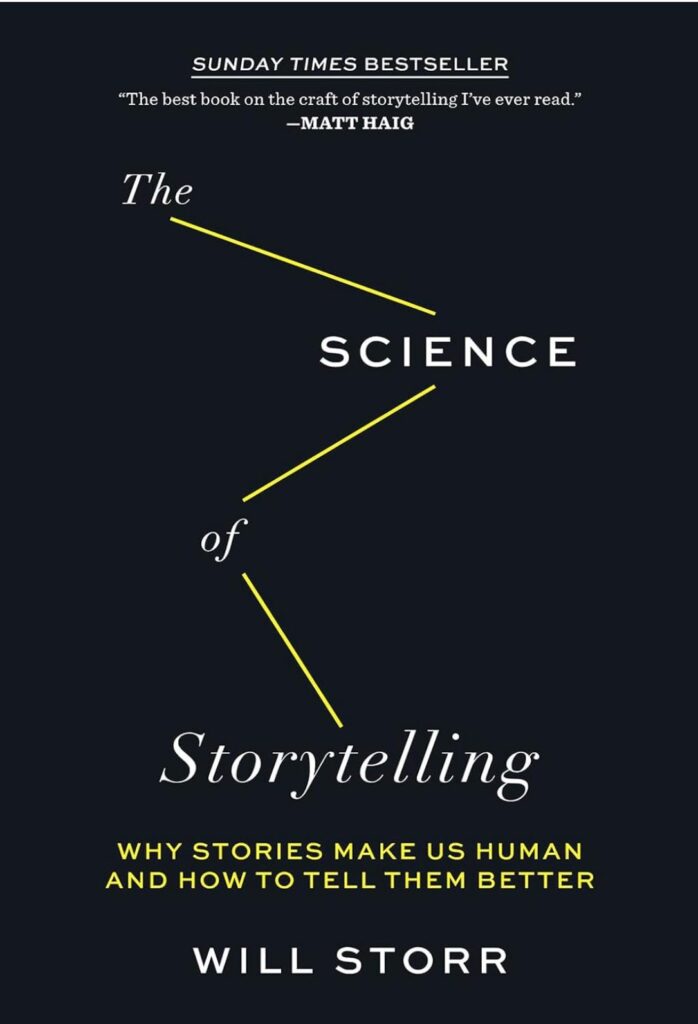If you’ve been writing in the Hucow genre for a while, you know how passionate our readers can be. They crave stories that whisk them away to a world of transformation, breeding, and power dynamics. But, once they’ve devoured your latest release, how do you make sure they come back for more? The answer lies in building an effective newsletter.
I’ll be honest, newsletters used to intimidate me. Writing stories? Easy! Writing a newsletter that would keep my readers engaged between releases? That felt like a whole other challenge. But I soon realized that a newsletter can be just as creative and personal as writing a story. It’s a direct line to your readers, a way to build excitement for your next book, and even a way to test out new ideas.
In this post, I’ll take you through everything I’ve learned about using a newsletter to keep readers engaged. I’ll share my personal experiences and give you some actionable tips to help make your newsletter irresistible.
Table of Contents
ToggleBuild a Personal Connection
Make It About More Than Just Your Stories
It’s tempting to make your newsletter all about updates on your latest book, but that can get stale quickly. Readers want to connect with you, the author, just as much as they want to know about your stories. In your newsletter, you can share little anecdotes about your life, writing process, or even the inspirations behind your stories.
For example, I like to tell my readers about the quirky things my kids do that make me laugh, or how an offhand comment from a friend turned into a key plot point. In a Hucow story I wrote, I shared how I came up with the breeding ritual scene after binge-watching a nature documentary. Readers love those personal touches!
Engage Them in Your World
A newsletter is also a fantastic way to deepen the world of your Hucow stories. If your readers are invested in your world, give them more! You can offer behind-the-scenes insights, character backstories, or even world-building tidbits that didn’t make it into the books.
In a recent newsletter, I shared how I developed the transformation scene for one of my heroines. I broke down why I chose to focus on her emotional journey during her first milking session and how it reflected her struggle with identity. This kind of content adds layers to the story for your readers and keeps them emotionally connected.
Tease Future Stories
Drop Hints and Exclusive Sneak Peeks
One of the best ways to keep readers interested is to give them just enough information to whet their appetite for your next book. This doesn’t mean spoiling everything, but a few hints here and there can go a long way.
In a Hucow story you can write, for instance, you might hint at a future confrontation between the alpha male and a rival for the heroine’s affection. In your newsletter, tease this by sharing a line of dialogue or a brief paragraph that hints at the tension. It leaves readers eagerly awaiting your next book release!
Offer Exclusive Content
Your newsletter is a great place to reward your most loyal readers with content they can’t get anywhere else. It could be a short story, deleted scenes, or an extended version of a scene from your latest book. Think of it as a thank-you gift for sticking with you and as a way to build anticipation.
In my newsletter, I often share short, steamy scenes from characters’ perspectives that weren’t included in the final book. Readers love getting those extra tidbits, and it keeps them coming back to see what they might get next time.
Encourage Reader Interaction
Ask Questions and Use Polls
Newsletters don’t have to be a one-way street. Engage your readers by asking them questions or using polls to gather their opinions. Not only does this make them feel involved, but it also gives you valuable feedback on what they’re enjoying most about your stories.
In a Hucow series, you can ask readers what direction they’d like to see a particular character’s arc go. Or, you could poll them on which of your story’s tropes — milking, transformation, or breeding — is their favorite. It’s a fun way to interact with your audience and shows that you value their opinions.
Build a Sense of Community
Readers love feeling like they’re part of a community, and your newsletter can help foster that. You can spotlight fan art, share reader reviews, or even feature readers’ questions about your stories. This not only keeps your readers engaged but also shows that you appreciate them.
One of my favorite newsletter moments was when I shared a reader’s theory about the next big twist in my series. It sparked a lively conversation, and readers couldn’t wait to see if their predictions would come true. When you involve your readers like this, it makes them feel like they’re part of the story, which is a powerful connection.
Keep It Fun and Light
Don’t Be Afraid to Show Your Humor
Your newsletter doesn’t have to be all business all the time. It’s a great opportunity to show off your sense of humor and keep things light. In a genre like Hucow erotica, where the stakes are often high, a bit of levity can go a long way.
I like to include funny little asides in my newsletters — things like the most ridiculous search term I’ve Googled while researching for a scene or how I accidentally wrote a scene that was way steamier than I intended. Those small moments of humor make the newsletter feel more like a conversation with a friend.
Give Them Something to Look Forward To
The key to keeping readers coming back is giving them something to look forward to. Whether that’s a new story, an exclusive sneak peek, or even a fun surprise, make sure there’s always something that makes them excited to open your emails.
In a Hucow story you can write, for example, you might build up to a huge reveal about a character’s hidden past. Use your newsletter to drop little breadcrumbs leading up to that moment. Each time you send out an email, readers will be eager to see if you’ve revealed a new clue.
Keep It Consistent
Develop a Regular Schedule
Consistency is crucial when it comes to newsletters. You don’t want to overwhelm your readers by sending emails too frequently, but you also don’t want them to forget about you between releases. Finding a balance that works for both you and your readers is important.
I aim to send out a newsletter once a month. This keeps me on readers’ minds without overwhelming them. Plus, it gives me enough time to gather fresh content so that each email feels valuable.
Make It Easy for Readers to Subscribe
Don’t forget the basics! Make sure it’s easy for your readers to subscribe to your newsletter. Include links on your website, in the back of your books, and on social media. Make the signup process as simple as possible, and let them know exactly what they’ll be getting — exclusive content, sneak peeks, and personal updates from you.
I’ve found that offering a free short story to new subscribers is a great incentive. Not only does it give them a taste of my writing, but it also helps build my email list quickly.
Conclusion
A newsletter is more than just a marketing tool — it’s a way to build lasting relationships with your readers. By keeping them engaged between book releases, offering exclusive content, and making them feel like part of your world, you’re ensuring they’ll come back for more.
In a Hucow story, you can write a newsletter that keeps your readers connected to your world and excited for the next installment. Remember, it’s not just about pushing your latest book. It’s about building a community of readers who can’t wait to hear from you.
References
Hucow Fantasies – A comprehensive guide for Hucow writers, providing resources and inspiration for the genre.
Romance Author Resource – Tools, advice, and tips for romance authors writing in niche subgenres like Hucow.
Milking Stories Collection – A curated collection of milking-themed stories to spark ideas and creativity.
Writing Steamy Fiction – Techniques and tips for writing captivating, steamy fiction that keeps readers engaged.
Exploring Power Dynamics – Deep insights into writing dominance and submission, especially in Hucow and erotica.
Transformation Themes in Romance – Resources on how to write transformative themes in romance, focusing on physical and emotional changes.
Breeding Fiction Explained – A guide on writing breeding tropes in erotic fiction, with insights into how to do it effectively.
Erotic Writing Tips – Practical advice for writers of erotic fiction, offering tips on character development and sensual storytelling.







































